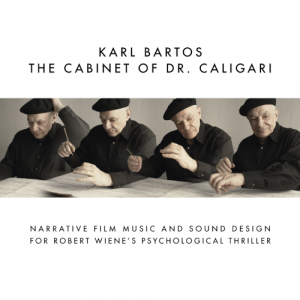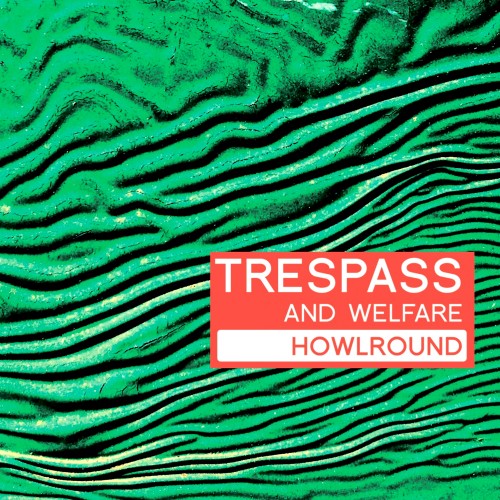 Robert Wiene’s 1920 film of The Cabinet Of Dr Caligari is the cornerstone for all expressionist film-making and one of the jewels in the crown of Weimar Germany’s art. Filmed at what would become the UFA studio in Berlin, Dr Caligari was created on the large soundstages there using painted backdrops and even painted shadows. Its sets were skewed to give a dreamlike effect throughout the film, meshing together the real with the unreal.
Robert Wiene’s 1920 film of The Cabinet Of Dr Caligari is the cornerstone for all expressionist film-making and one of the jewels in the crown of Weimar Germany’s art. Filmed at what would become the UFA studio in Berlin, Dr Caligari was created on the large soundstages there using painted backdrops and even painted shadows. Its sets were skewed to give a dreamlike effect throughout the film, meshing together the real with the unreal.
The story deals with the hypnotist Dr Caligari as he travels with a sideshow to the town of Holstenwall with his creature, the somnambulist Cesare, who appears in a coffin-like exhibit and can only be raised from his dreams by Caligari, where he then predicts the future. Outside of the this, Caligari gets Cesare to do his evil bidding against the will of the poor creature. The film has been a major influence on many artists over the last hundred years including David Bowie and Klaus Nomi, and its imagery have been used in many movies ever since.
Karl Bartos should really need no introduction. As part of the classic lineup of Kraftwerk he helped change the face of electronic music in the ’70s and has had an interesting solo career ever since leaving the band. Originally tutored as a classical musician, it’s almost surprising that this is the first full soundtrack work that he has undertaken.Bartos raided some of his earlier compositions and rearranged them for electronics; he also wrote new pieces inspired by a screening of the film. Bartos even adds sound effects to his score to give it something more akin to an immersive experience, rather than just a straight forward musical piece. This chimes in well with the experimental nature of the film. With thirty-seven tracks on the album, it is impossible for me to do my usual track by track breakdown, so I will discuss the overall feel of the music.
“Prologue” is a grandiose piece that befits the opening of the film. Here, Bartos deep dives into a very Wagnerian beginning to make the audience jump to attention as the film starts. However, in “Scary Memories”, Bartos becomes minimal, with even a touch of dungeon synth added into the mix as the piece creeps its way around the visuals to make the overall effect seem disturbing. “Atonal Floating” has elements of Karlheinz Stockhausen and Arnold Shoenberg‘s music to it as Bartos adds elements to make an uncanny overall sound.
“The Cabinet” is a pulsating dramatic piece with choirs and a beat that marches along to reveal the casket where Cesare lies. Here we have elements of how I imagine the original score for the film could have sounded all those years ago. Some themes reappear, such as “Jane’s Theme” and “Tragic Message” and this fits in with the more traditional movie score that helps lead the audience on its journey. At times tympani-sounding percussion pushes the music forward, underlining what is happening on screen.
As you can imagine, most of the cues are quite short in length, obviously composed to fit in the changing elements of the film rather than to be heard as a more formal instrumental classical piece. Tracks such as “Cesare’s Attack And Escape” verge almost on ambient or environmental music at points as chords drift around over each other they create something eerie. As the music grows, there are even hints of Philip Glass’s opera scores.
At the time of writing, Bartos is performing the music to the film live at certain locations in Germany; it would be wonderful if he could tour this version in some way to other countries so more of us could have the experience of seeing it. Until then, this release gives us a taster of what Bartos is trying to achieve and takes us deep in to Cesare’s dream world.
-Gary Parsons-



